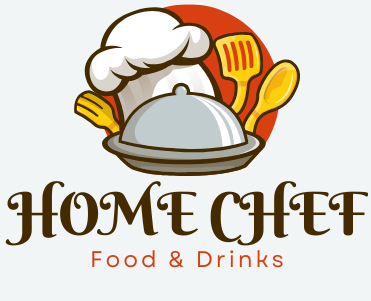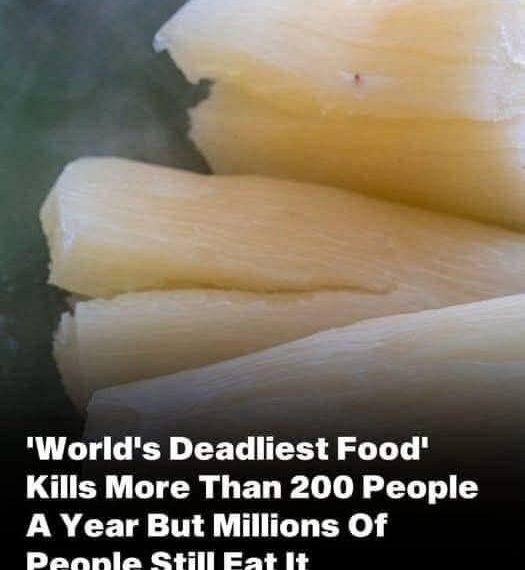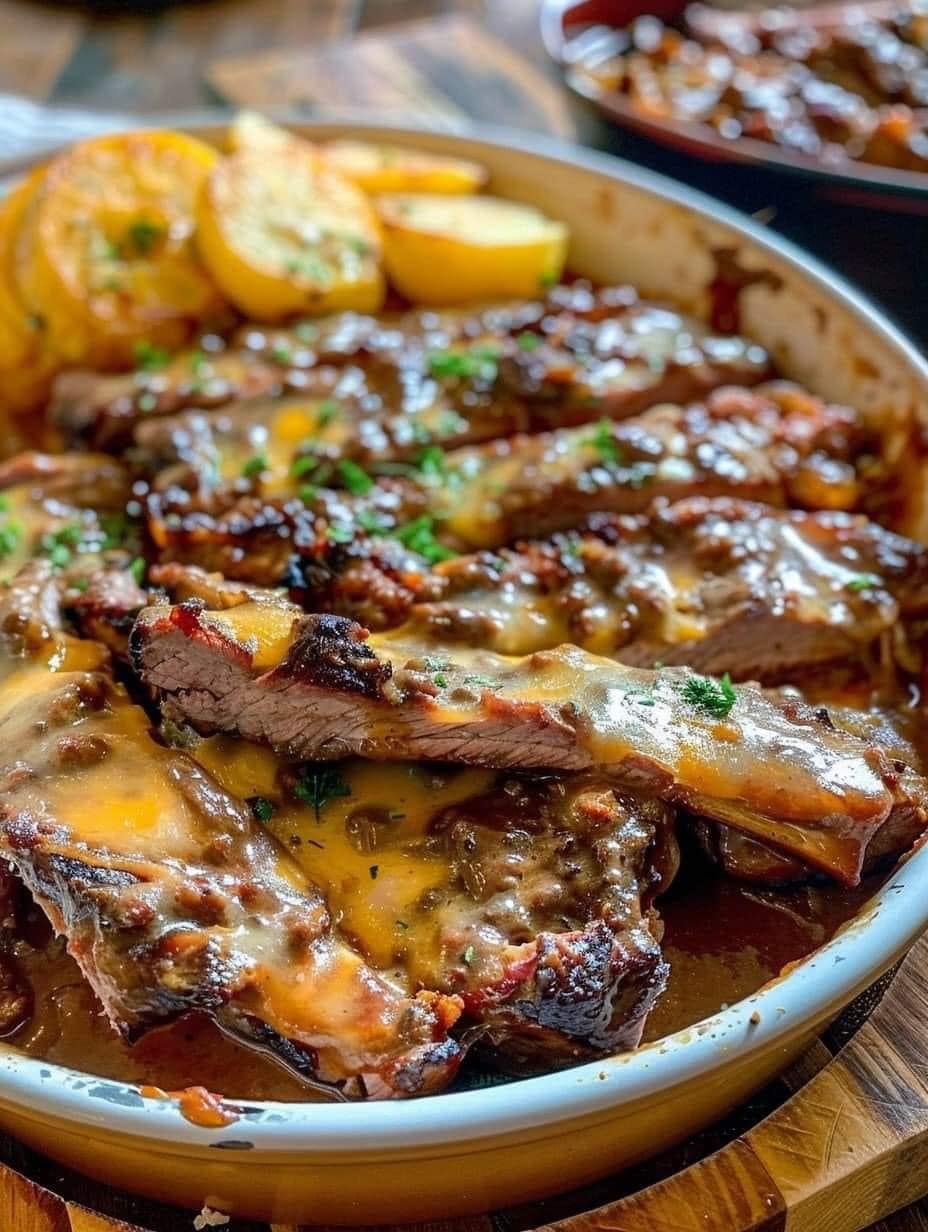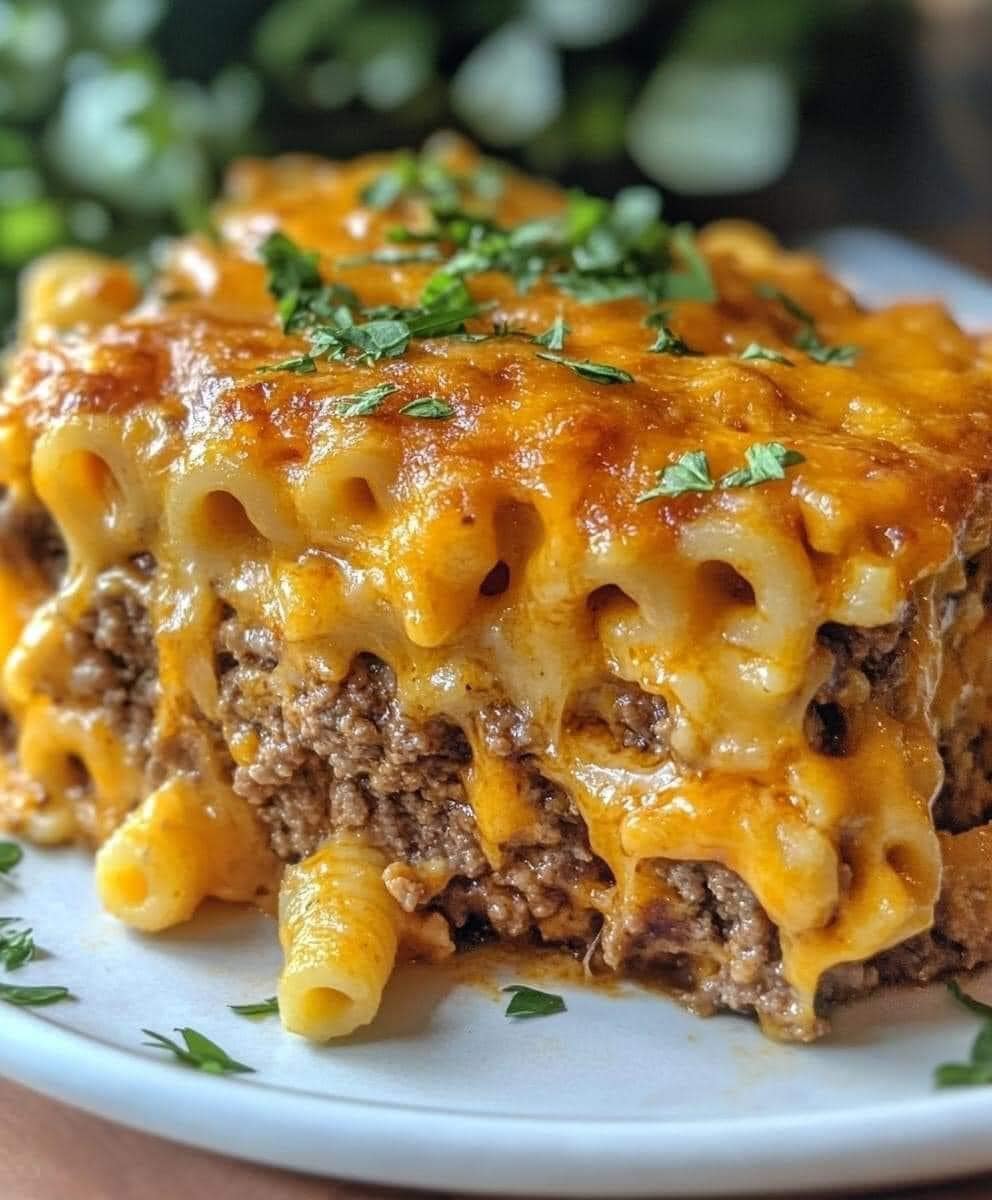The key to safe cassava consumption is proper preparation.
Here’s how people across the world make this deadly food not only edible—but a safe, nourishing staple:
🧂 1. Soaking
Peeled cassava roots are often soaked in water for 12 to 48 hours, depending on the variety. This helps leach out cyanide compounds.
In many traditional cultures, soaking is followed by fermenting to further neutralize toxins.
🔥 2. Boiling
Boiling peeled cassava thoroughly helps release volatile cyanide gas from the root. However, boiling alone may not be enough if the cassava is highly bitter.
☀️ 3. Drying
Sun-drying cassava flour or chips for several days breaks down cyanogenic glucosides and reduces their toxicity. This is especially common in tropical Africa and Southeast Asia.
🛠️ 4. Grating and Pressing
Grating cassava and pressing it in woven sacks squeezes out harmful liquids. The mash is then dried or roasted into flour.
Some cultures also ferment the grated pulp to produce traditional dishes like gari, which are much safer to consume.
🧬 Nutrition Profile (When Prepared Safely)
Cassava can be an excellent source of:
- Carbohydrates
- Vitamin C
- Copper
- Manganese
- Magnesium
- Fiber (if unrefined)
While low in protein, cassava provides vital energy and nutrients in places where food scarcity is common.
Paired with legumes, vegetables, or fish, it becomes part of a balanced, affordable diet.
🔬 What Experts Say
Nutritionists and global health experts stress that cassava isn’t inherently bad—it’s all about how it’s handled.
“Cassava is not the problem,” says Dr. Anika Dube, a food safety expert. “It’s the lack of education, infrastructure, and resources to process it correctly that leads to these tragic outcomes.”
Organizations like FAO and WHO are working on spreading awareness in vulnerable regions, distributing low-cyanide cassava varieties, and supporting communities in adopting safe preparation techniques.
🧠 Lessons for the Rest of the World
Even if you don’t live in a cassava-growing region, this story offers valuable lessons:
- Food safety is not guaranteed—especially with unprocessed or unfamiliar ingredients.
- Traditional knowledge, like soaking and fermenting, exists for a reason.
- Not all “natural” foods are harmless—context and preparation are everything.
- We should never take access to clean, safe food for granted.
💡 Final Thoughts
Cassava is one of the most paradoxical foods in the world—a vegetable that sustains half a billion lives yet claims hundreds each year.
It’s a stark reminder that food—while vital and nourishing—can also be deadly when misunderstood or mishandled. What we eat is about more than calories or flavor—it’s about tradition, safety, knowledge, and survival.
So the next time you see tapioca pudding or cassava chips on a shelf, remember the roots it came from—quite literally. A food that can kill, yet, in the hands of millions of skilled cooks and farmers, becomes a symbol of resilience and ingenuity.





